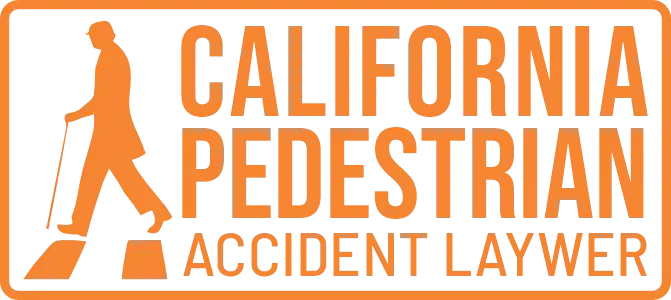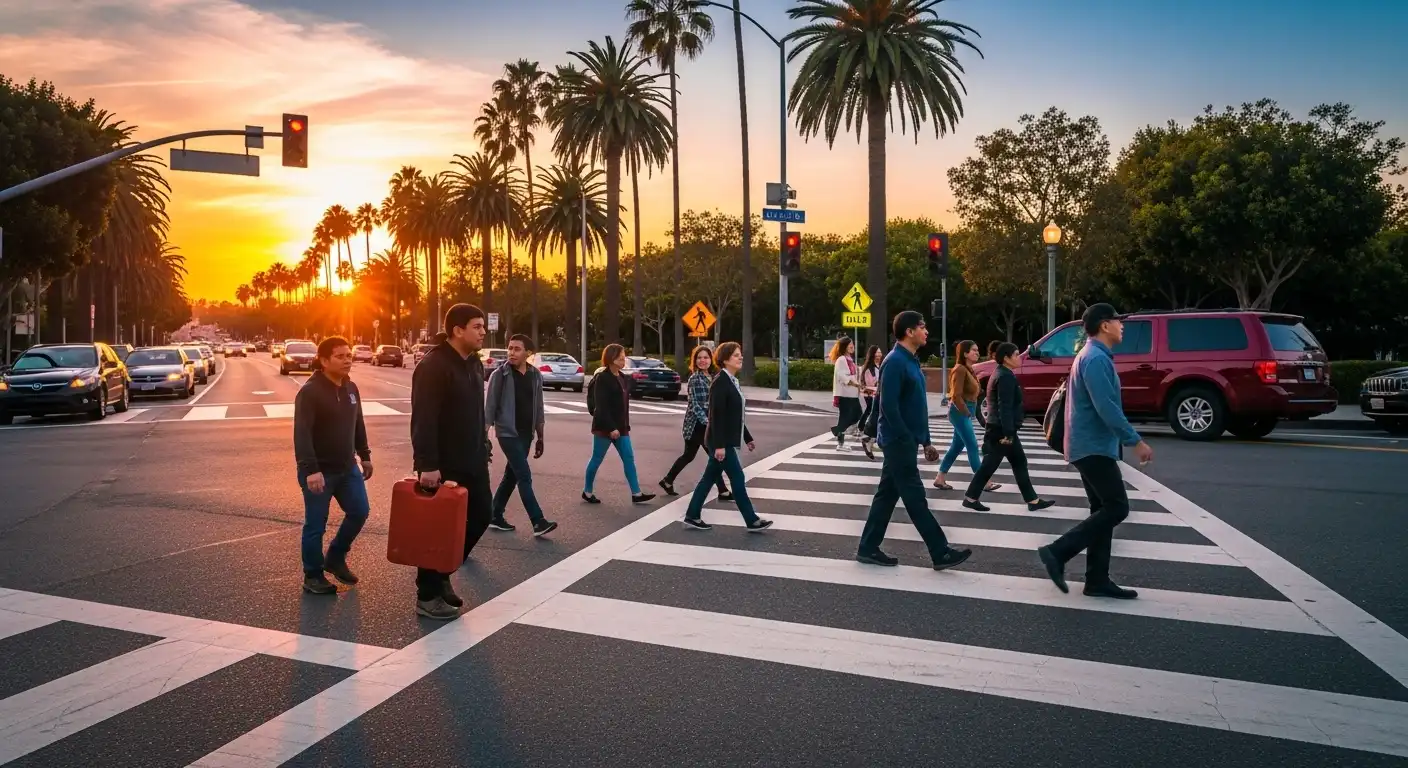Pedestrian accidents are a growing concern in California, as more people take to the streets for walking, cycling, and other outdoor activities. When a pedestrian accident occurs, it can lead to serious injuries or even death, and navigating the insurance process can be confusing and overwhelming for victims. Whether you were struck by a car, bicycle, or another vehicle, understanding how insurance coverage works in pedestrian accident cases is crucial to getting the compensation you deserve.
In this blog, we’ll break down what you need to know about insurance coverage in the context of pedestrian accidents in California, including how insurance policies work, the types of coverage available, and how to protect your rights after an accident.
1. California’s Pedestrian Accident Statistics
California is known for its car-friendly culture, but it is also a state with a significant number of pedestrian accidents. According to the California Office of Traffic Safety, pedestrians make up a large percentage of all traffic-related injuries and fatalities. Whether crossing the street at a crosswalk or walking on the sidewalk, pedestrians face risks from distracted or negligent drivers.
As a pedestrian, knowing your rights and how insurance can help in the event of an accident is essential. The role of insurance coverage in pedestrian accidents cannot be overstated, as it can determine how medical bills, lost wages, and other expenses are covered.
2. Types of Insurance Coverage for Pedestrian Accidents in California
Insurance coverage for pedestrian accidents generally falls under several types of policies, depending on the circumstances surrounding the accident. Here’s an overview of the key types of insurance coverage that may apply in a pedestrian accident case in California:
A. Driver’s Auto Insurance (Liability Coverage)
In California, the driver at fault for a pedestrian accident is typically responsible for covering the pedestrian’s injuries and damages. The at-fault driver’s liability insurance is the primary source of compensation. There are two main types of liability coverage that can help in pedestrian accident cases:
-
Bodily Injury Liability: This is the portion of the driver’s auto insurance that covers the medical expenses and other costs associated with the injuries sustained by the pedestrian. If the driver is at fault, their bodily injury liability will pay for your hospital bills, surgeries, and rehabilitation.
-
Property Damage Liability: While this coverage primarily applies to damages to the pedestrian’s personal property (like a damaged phone, clothing, or any other items), it may not always be as applicable unless the pedestrian’s belongings were significantly damaged in the accident.
If the driver at fault is insured, their liability coverage can cover a portion of the pedestrian’s injuries, medical bills, and property damage. However, there are some important considerations when it comes to using this insurance.
B. Uninsured or Underinsured Motorist Coverage
Not all drivers carry adequate insurance, and in some cases, the at-fault driver may have no insurance or insufficient coverage to fully compensate a pedestrian for their injuries. In these instances, uninsured motorist (UM) and underinsured motorist (UIM) coverage come into play.
-
Uninsured Motorist Coverage: If the driver who struck you has no insurance at all, your own insurance policy may cover your injuries under your UM coverage. This is especially important in hit-and-run accidents where the responsible driver cannot be identified.
-
Underinsured Motorist Coverage: If the driver has insurance but their policy limits are not enough to cover your medical bills and other expenses, your underinsured motorist coverage can make up the difference. This type of coverage ensures you are fully compensated when the at-fault driver’s policy is insufficient.
Having UM and UIM coverage in California is highly recommended, as it protects you in situations where the at-fault driver’s insurance is inadequate or nonexistent. Your own policy can step in to ensure you’re not left paying for medical bills and lost wages out-of-pocket.
C. Personal Injury Protection (PIP) Insurance
California does not require Personal Injury Protection (PIP) insurance for drivers, but it is still available as an optional coverage in certain situations. PIP coverage helps pay for medical expenses, lost wages, and other costs associated with your injuries, regardless of who was at fault for the accident.
Although California doesn’t mandate PIP for pedestrians, it is worth checking your health insurance or auto insurance policies to see if you have access to PIP coverage. If you are injured in a pedestrian accident and do not have UM or UIM coverage, having PIP insurance can help you cover the immediate costs of medical care.
D. Health Insurance
In addition to the other types of insurance mentioned above, your health insurance may be used to pay for your medical bills after a pedestrian accident. If you are involved in a pedestrian accident, you can file claims with your health insurance provider to cover the cost of treatment for injuries such as broken bones, concussions, or other medical emergencies.
However, if the pedestrian accident was caused by someone else’s negligence, your health insurance may seek to recover the costs from the at-fault party’s insurance, known as subrogation. This process ensures that the person responsible for the accident, or their insurance, reimburses your health insurance provider.
3. What to Do After a Pedestrian Accident in California
If you’re involved in a pedestrian accident, it’s essential to take the following steps to protect your rights and ensure that your insurance claims are handled correctly:
A. Seek Immediate Medical Attention
Even if you think your injuries are minor, seek medical attention right away. Some injuries, like whiplash or internal injuries, may not show symptoms immediately. Having a record of your injuries from a healthcare professional is crucial for your insurance claim.
B. Document the Accident Scene
If possible, take pictures of the scene, including:
-
Any damage to your clothing or personal belongings.
-
The position of vehicles or other involved parties.
-
Traffic signs, crosswalks, and any hazards.
Documenting the accident will help you present a strong case to the insurance company and in any potential legal action.
C. Contact a Pedestrian Accident Lawyer
Insurance companies are often focused on protecting their own interests and may attempt to offer a quick settlement that doesn’t adequately cover your expenses. Having an experienced pedestrian accident lawyer in California can ensure that you receive the full compensation you deserve, especially if the case involves complex legal or insurance issues.
A lawyer will help you navigate the claims process, negotiate with insurance companies, and represent your interests if the case goes to court.
4. Conclusion
Insurance coverage is crucial when it comes to pedestrian accidents in California. Understanding the various types of coverage—like auto liability, uninsured/underinsured motorist coverage, and health insurance—can help ensure that you get the compensation you deserve for medical bills, lost wages, and other damages.
If you’ve been injured in a pedestrian accident, it’s important to consult with an experienced pedestrian accident lawyer to guide you through the legal and insurance process. Taking swift action can help you recover faster and ensure that your rights are protected, so you don’t have to bear the financial burden of someone else’s negligence.



